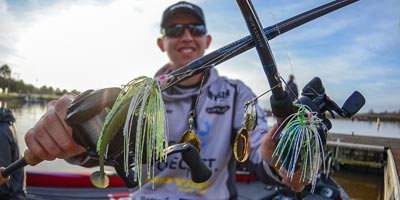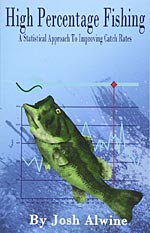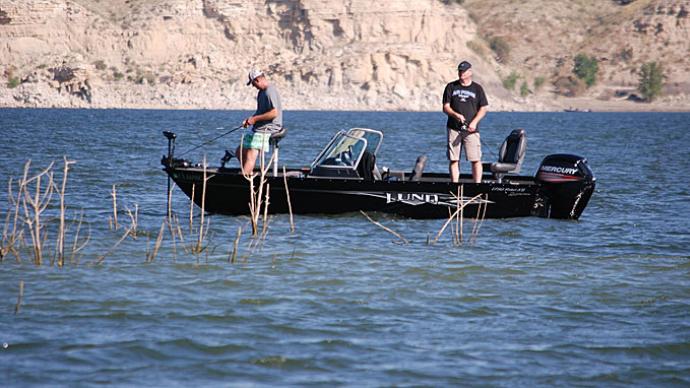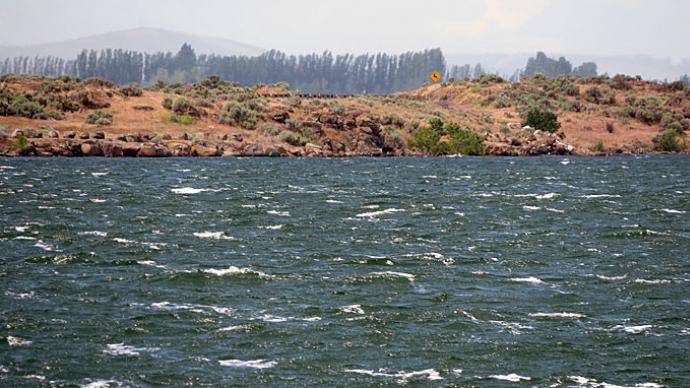
In the book High Percentage Fishing , often referred to as the “Moneyball” of bass fishing, author Josh Alwine analyzed a database of more than 40,000 catches and found that bass catch rates were more than double the norm for winds over 15 mph. Here are five ways wind stimulates bass feeding:
- Waves oxygenate the water, which creates a food chain reaction—plankton rise in the water column, which attracts baitfish and bass.
- Wave action scatters light, which disguises lures.
- Wave action conceals fishermen, both visually and acoustically.
- Wave action and wind can knock food into the water, such as insects, frogs, mice, and snakes.
- Wind moves plankton and concentrates it in windblown areas. Plankton attracts baitfish, and baitfish attract bass.
“To find and catch more active bass, the wind is one of the most important variables anglers need to consider,” says MLF angler Alton Jones Jr.
Here are three ways you can use wind data to plan your fishing tactics:
- Once you know the wind direction, you can pre-scout windblown points and banks before you get on the water. Says Jones Jr., “As an apex predator, bass will be drawn to windblown areas because they offer bass an opportunity to locate and ambush big concentrations of baitfish.”
Tip: If the wind is blowing so hard that it is creating dangerous main lake boating conditions, look for a wind-protected area inside a wind-blown point to launch so that you don’t have to navigate treacherous waters to get there.
- If the day you are fishing is calm (less than five mph wind), it can create difficult fishing conditions. Look at the past several days to determine the prevailing wind direction.
Tip: Fish points and banks the wind has been blowing into the past few days. Alton Jones Jr Tip “Windblown areas are the time to break out your baitfish & shad imitating crankbaits, square bills, lipless cranks and spinnerbaits. It can be a great way to catch the biggest bass of your life.” says Jones Jr.
- Regarding boat control, remember that bass usually feeds facing the wind. So, casting into the wind is the most productive presentation technique. You can use the wind to drift adjacent to the area you want to fish while throwing into and across the wind, a technique referred to as “quartering the wind.” If the wind is blowing you too fast, you can use a windsock to slow your drift, anchor, or Power-Poles.

High Percentage Fishing reveals very interesting catch rate data on variables such as wind, fishing pressure, and barometer…it also offers bass fishing wisdom from some of the world’s greatest bass anglers to help any bass angler catch more and bigger bass. Get the book on Amazon.




